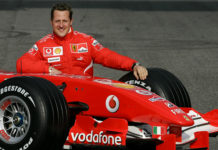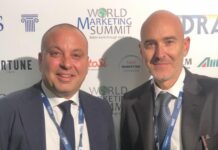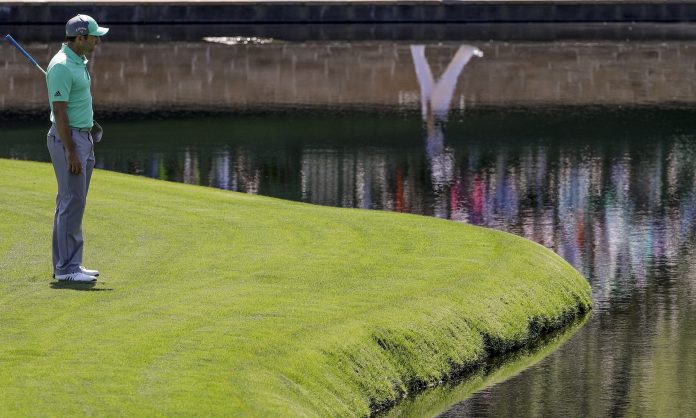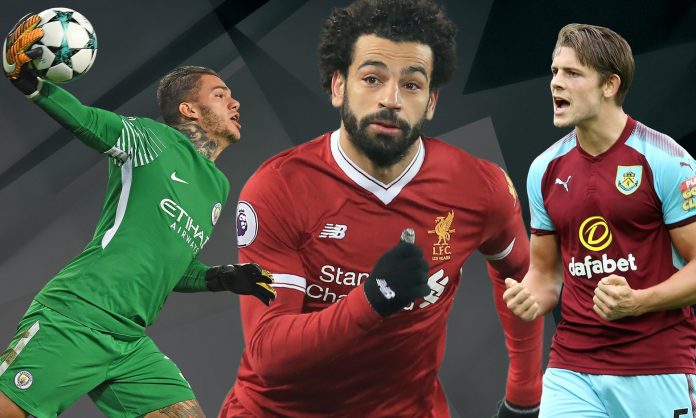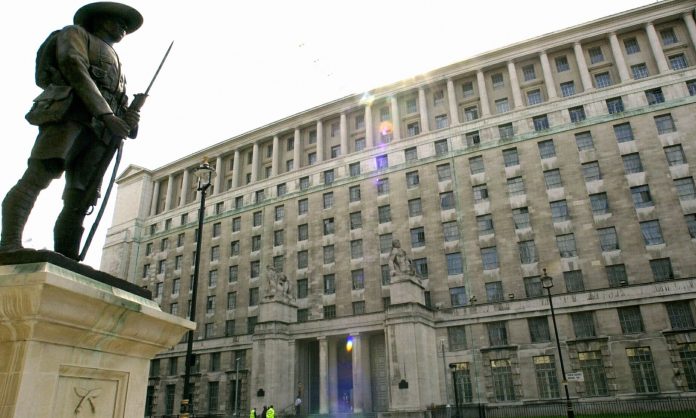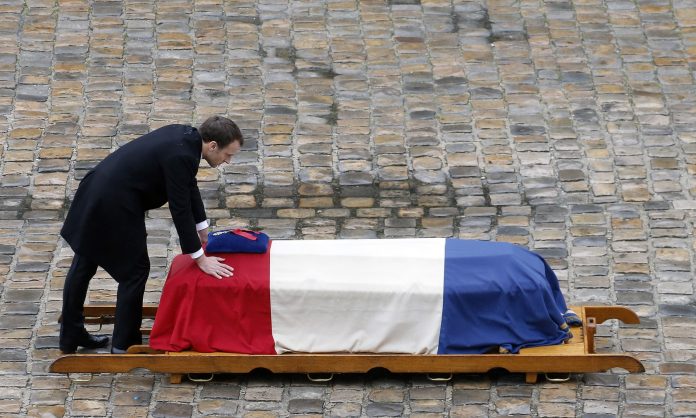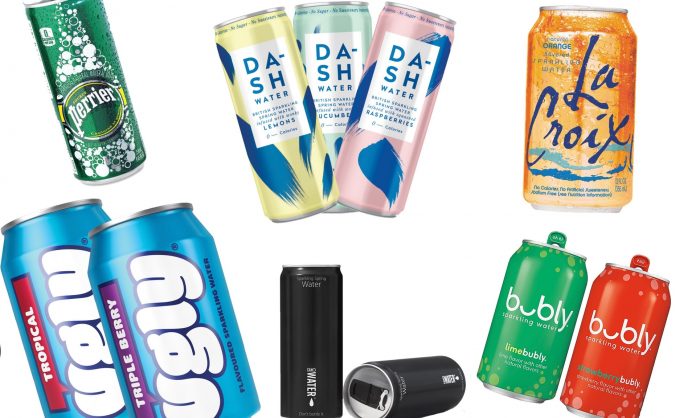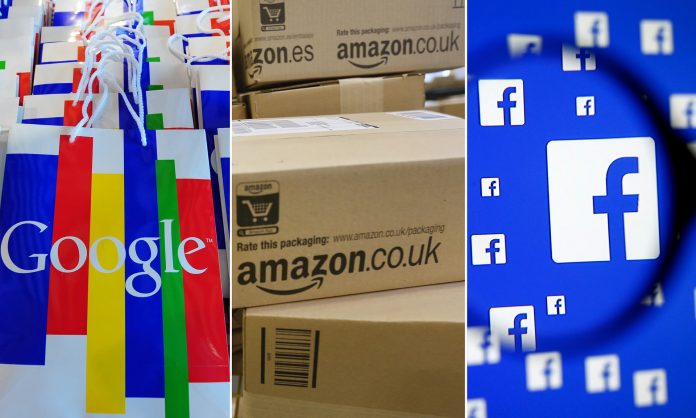Both R&B loverman and hip-hop thug, Toronto homeboy and global magpie, Drake’s universal appeal has made him the definitive pop star of his generation. How did he get to the top – and how long can he stay there?
Lots of weird things have happened at the top of the UK charts: Musical Youth informing the nation which way to pass a joint, one-hit wonders Brian and Michael appraising the work of Mancunian painter LS Lowry, and pop’s forgotten couple Eamon and Frankee spending seven weeks of spring 2004 literally telling each other to fuck off. But the fact that God’s Planby Drake just spent nine weeks at No 1 in the UK – and is still top of the charts in the US – is easily one of the weirdest
It’s a song that features two notes, a chorus that is just one line long, and lazy lyrical iterations of oft-visited topics for Drake: how much reputational shine he has given to his home city of Toronto, how non-specific haters wish non-specific ill upon him, and how he is pathologically unable to open himself up emotionally to a woman he has had sex with. Yes, it’s catchy, but he has done all this before with markedly more charisma, not least in 2016’s One Dance – another song that shacked up at No 1 for weeks on end.
These are just his most successful chart moments; Drake’s last major release, 2017’s “playlist” More Life, saw each of its 22 tracks hit the UK top 75. In the interim, the commercial fortunes of tracks that he guested on, such as Blocboy JB’s Look Alive, NERD’s Lemon, and Migos’ Walk It Talk It, have all been boosted by his presence. We have now reached the point where even the B-grade solo material of God’s Plan is a shoo-in for No 1. Why?
Drake has, of course, amassed huge star quality via a decade of often excellent music, but there are also more prosaic reasons: his gossip-mag visibility from relationships with Rihanna, Serena Williams and Jennifer Lopez, and his swaggering self-confidence in describing himself as “last name ever, first name greatest” before his debut album had even come out. Crucially, his identity and upbringing have also been key.
Aubrey Drake Graham was born in Toronto in 1986 to Dennis Graham, an African-American session musician whose power-moustache currently lights up his vibrant social media feed, and Sandi Graham, a white Ashkenazi Jewish teacher. His parents split up when he was five, his father moving away to Memphis. The family home was in the working-class west side of the city, before the Grahams moved to the more affluent Forest Hill in what Drake has claimed were still relatively straitened circumstances: “I went to school with kids that were flying private jets. I never fit in. I was never accepted.”
If questions around identity ever felt awkward during his teenage years, they became key to Drake’s success later on, allowing him to be all things to all people: black and white; Jewish and non-religious; a singer and a rapper; a hard-scrabble working-class hustler; an aspirational middle-class professional; a superstar. His peculiar handsomeness – feminine eyes and lips, coupled with a thick beard and strong forehead – is both soft and hard. In a world where streaming services mean tastes have broadened, and where ethnic and musical diversity is championed among the millennials that make up the majority of his fanbase, he sits in the middle of a cultural and stylistic Venn diagram.
In short, everyone likes Drake. “There’s no demographic with him,” says Dirty South Joe, a Philadelphia DJ who hosts a monthly party that plays exclusively Drake tracks to 3,000 people at a time. “There’s no makeup to the crowd – it’s literally everyone. Because who he is, as a person, is a little bit of everybody.”
Drake’s biggest success has been to manoeuvre two musical identities so that they sit in equilibrium, and then blend them into one. He is sold as both an R&B loverman and a hip-hop thug, and much like a painter adding detail after detail to his own self-portrait, Drake constantly perfects this image. He offset Over, the braggadocious first single from his debut album, with Find Your Love, a sweet, dancehall-leaning R&B track; on his second album, Take Care, the melancholy title track dovetailed against the pumped-up party of Headlines; on album three, the flexing on Started From the Bottom was met by the crooning of Hold On, We’re Going Home. In the 90s, sex and relationships were often reduced to pornography in mainstream rap, while R&B, framed by billowing satin drapes, explored them in more depth: Drake unified the two styles. “There were a few years there where you took a lot of shit for being a Drake fan,” Joe says. “The inner monologue of humanity, of vulnerability and doubt – it’s never been a hip-hop trope. But he eventually made it OK.” The Weeknd, Bryson Tiller and Tory Lanez have all clearly been influenced by his approach.
The unrelenting solipsism and passive-aggressive relationships in Drake’s lyrics seem to chime perfectly with an emotionally hyperarticulate Tinder generation and have spawned countless memes. Indeed, no other MC generates more internet content than Drake: “He has a strong team around him, who understand memes, and the importance of always being ahead of that too,” says Joe. “And there’s a willingness to be the punchline that others don’t have. It’s not a dominance of music with him – it’s a dominance of popular culture.”
But perhaps still wary of emasculation in the eyes of male rap fans, thanks to his soft R&B tracks – one blogger amusingly dubbed him “Young Garnier Fructis” – Drake indulges a performative masculinity: bulking up his physique and his bro squad, flagging up his obsession with videogames and the Toronto Raptors basketball team. His most alpha move of all, though, was in taking on the rapper Meek Mill in 2015, after Mill accused Drake of employing a ghostwriter for his songs. As the genre demanded, Drake released diss track Back to Back. He stated “you’re getting bodied by a singing nigga” – an extraordinary line that acknowledged Drake’s perceived emasculation for being a singer-rapper rather than a pure MC, and then flipped it by using it as a weapon against Meek. In that single lyric, Drake declared the might of his hybrid musical identity, and in the court of public opinion – ie the internet – he was crowned the victor. Drake had, until that point, mostly avoided the world of freestyles and battle rhymes, but his hip-hop credentials were now brilliantly burnished with the victory.
His huge success, then, has come from ruling both the R&B and rap kingdoms as a sort of smooth-tongued, brandy-quaffing autocrat – no wonder the “get you a man who can do both” meme began with him. But that isn’t enough for Drake, whose other hybrid identities – ethnic, religious, and social class – ensure he appeals to every possible demographic. Take the video for HYFR, where he is “re-bar mitzvah’d” in a boozy celebration, sending up the fact that his Jewishness will be viewed, however patronisingly, as exotic and quirky.
Drake also represents one of the major foundational legends of hip-hop, which is that, counter to the famous Rakim line, where you’re from is where you’re at. Civic pride is at the core of the modern rapper: think of Kendrick Lamar’s Compton, Chance the Rapper’s Chicago, or Gucci Mane’s Atlanta; Drake was fortunate that no major rapper had hailed from Toronto, and he set about making it his own, inventing a mythic camaraderie with an entire city to make himself more authentically hip-hop. References to “the six” – the six cities Toronto was combined from in 1998 – abound in his tracks; his album Views had him Photoshopped on to the top of the city’s CN Tower.
In his major hit Started From the Bottom, he used a tale of his Toronto youth to invoke another trope at the heart of hip-hop and North American culture: the Horatio Alger-style libertarian fable of the kid who hauls himself up by his bootstraps and reaches the top of his industry. There was scoffing in some quarters – could anyone who starred in the teen soap Degrassi Junior High reasonably be described as starting from the bottom? – but the sheer brilliance of the track helped listeners swallow the message. He had successfully given himself the hustler-to-mogul arc that Jay-Z, Notorious BIG and others had made so central to hip-hop, all without having to deal a gram of crack.
After exploring and leveraging all these sides of his identity to the fullest, Drake embarked on a riskier strategy – allying himself with different cultures. Just as Kanye West kept a longstanding relationship with producer Mike Dean while flirting with avant-garde beatmakers such as Arca, Drake stayed sonically ahead of the curve by pairing a long-time production head, Noah “40” Shebib, with hipster tyros such as James Blake and Majid Jordan; he was soon riffing between New Orleans bounce (Child’s Play), UK funky (One Dance) and dancehall (Controlla).
He became a permanent fixture in bottle-service clubs by appearing on party tracks by seemingly every significant US rapper, from French Montana to A$AP Rocky, Nicki Minaj, and an entire album with Future. But he also started guesting with much less-expected figures – outsider rapper ILoveMakonnen, Nigerian pop singer Wizkid, South African house producer Black Coffee, Jamaican dancehall MC Beenie Man, Puerto Rican trap star Bad Bunny – to expand his global empire, and become the definitive pop star of his generation. Most significantly for his UK success was an enthusiastic embrace of grime and British rap: he has appeared on stage with Section Boyz, and on record with Giggs, Dave, Jorja Smith and Skepta, complete with heaps of British slang. He has an ongoing fanboy obsession with urban TV drama Top Boy, wears Stone Island, has sampled Bristol dubstep producer Peverelist for an unreleased new track, and even tattooed himself with the letters BBK, after the British grime crew. For every person who cringed at Drake saying “on road” or “wasteman”, there were many more who loved his genuine adoration of British mic culture. After the titanic second wave of grime, black British music has splintered into its own hybrid forms, partly thanks to diasporic links being strengthened via the internet, taking in Jamaican dancehall, African pop, US trap and more – and Drake’s enthusiastic cultural exchange has helped catalyse and legitimise that shift. From Hardy Caprio to Yxng Bane, Stefflon Don to Not3s, he has become part of the DNA of new British MCs.
Drake is now gearing up to release his eighth full-length project, or as he put it on Instagram this week: “You can see the album hours under my eyes.” That it will reach No 1 on both sides of the Atlantic is an absolute certainty, but is there anything left for him to mine from the zeitgeist to stay relevant? Could this jack of all trades end up a master of none? The lyrics still cleave to victory-lap descriptions of his charmed life, menaced occasionally by nebulous antagonists – he might need a bit of Kendrick-style social commentary or psychological self-probing like Kanye to stave off boredom. But for now, Drake’s cultural dominance is a little like his beard: strong, clear and expertly, obsessively tailored.
Dirty South Joe appears on Diplo & Friends on Radio 1, Saturday 7 April; his Drake party So Far Gone is on Friday 6 April at the Fillmore, Philadelphia.
Source https://www.theguardian.com/music/2018/apr/06/drakes-progress-the-making-of-a-modern-superstar





























